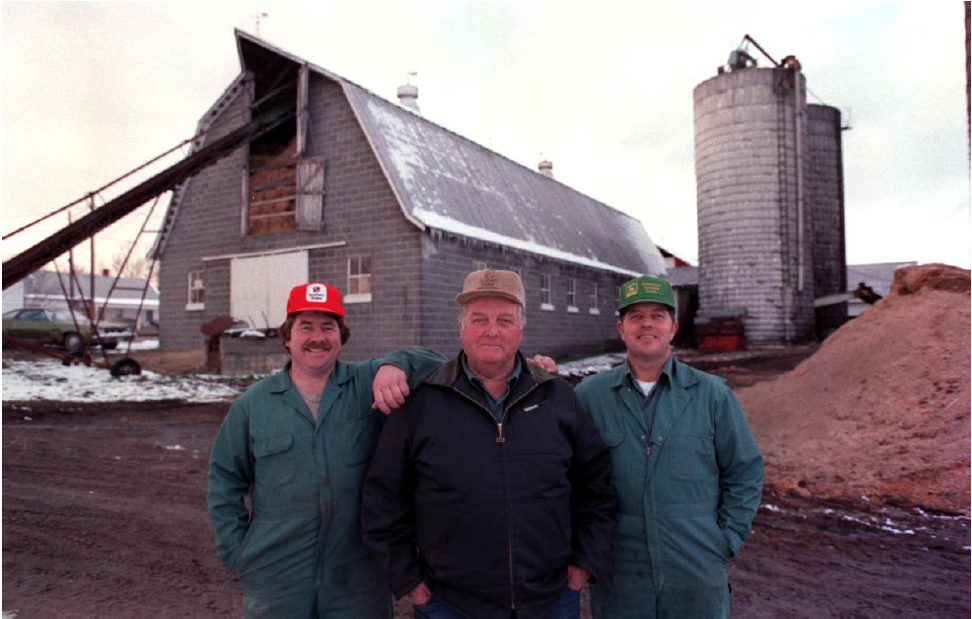Farming
In the early 1770s, Stafford County prospered due to its agricultural production as well as its mining. By the 1860s, there is documentation about farming in the census. There were 1,022 heads of households. Four hundred and one (401) heads of households were enslavers. Ninety-two (92) heads of households (23% of the total heads of households that were enslavers) enslaved one person. Two hundred thirteen (213) heads of households (53%) enslaved five or fewer people. The largest plantations in Stafford were J. Horace Lacy’s “Chatham” estate, with 100 enslaved persons, and G.B. Wallace’s “Little Whim” estate, with 99 enslaved. The next largest estate had 62 people enslaved. Only 37 Staffordians enslaved more than 20 people and were qualified as planters. These statistics indicate that the vast majority of Stafford farms were operated by the owner and his family. Those farmers who enslaved one person probably worked side by side with them in the field.
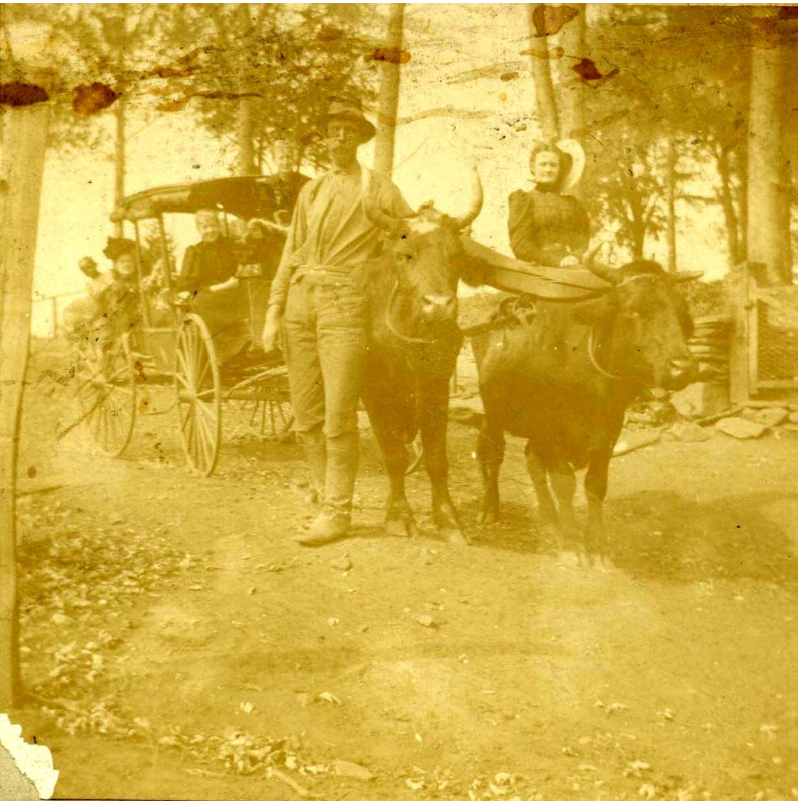
The economic impact of the Civil War is apparent in the following chart of agricultural statistics:
| Item | 1850 | 1870 | 1880 |
|---|---|---|---|
| Horses, Asses & Mules | 1,308 | 1,095 | 1,784 |
| Cattle | 4,756 | 1,810 | 3,990 |
| Sheep | 7,310 | 3,393 | 2,804 |
| Swine | 7,310 | 3,393 | 5,404 |
| Wheat (bushels) | 58,923 | 30,763 | 40,697 |
| Rye & Oats (bushels) | 41,057 | 41,743 | |
| Corn (bushels) | 178,651 | 99,057 | 216,333 |
| Potatoes (bushels) | 13,107 | 9,199 | 18,660 |
All the above statistics are from Homer Musselman’s book, Stafford County in the Civil War. Lynchburg, VA: H.E. Howard, Inc, 1995.
Today farming is not as large an industry in Stafford as it was before. Below are some pictures from times past
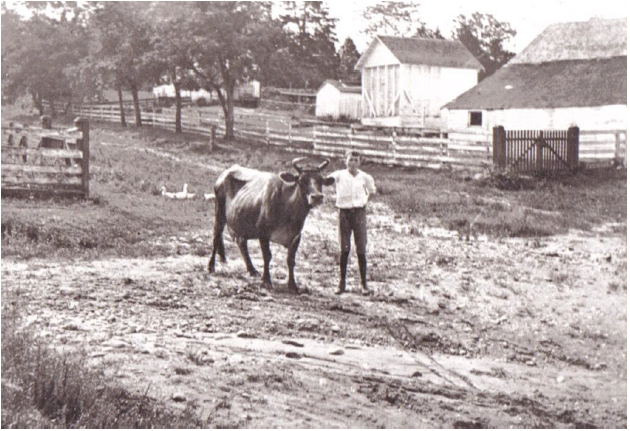

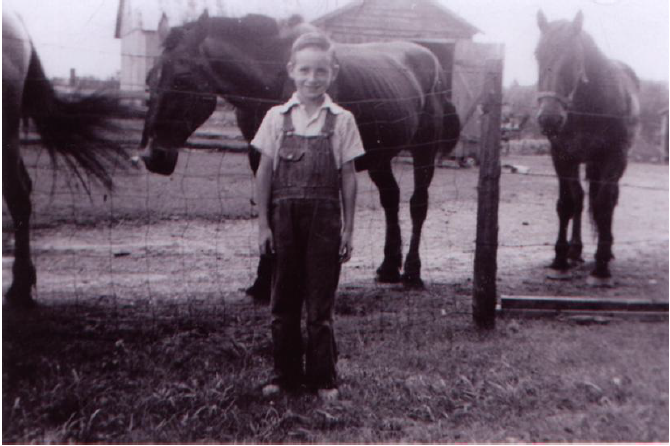
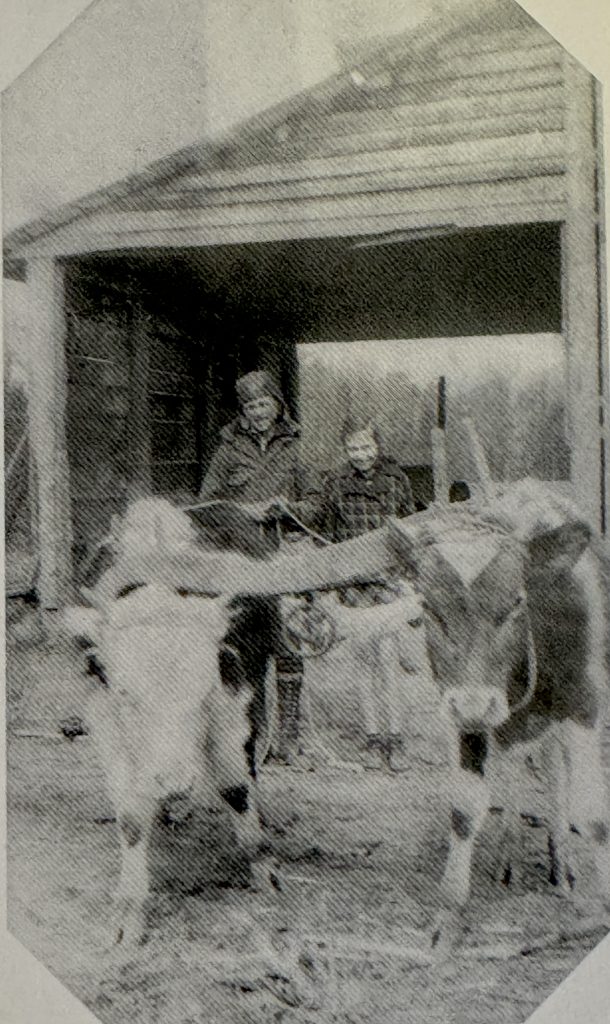
Courtesy Bettina McWhirt.
